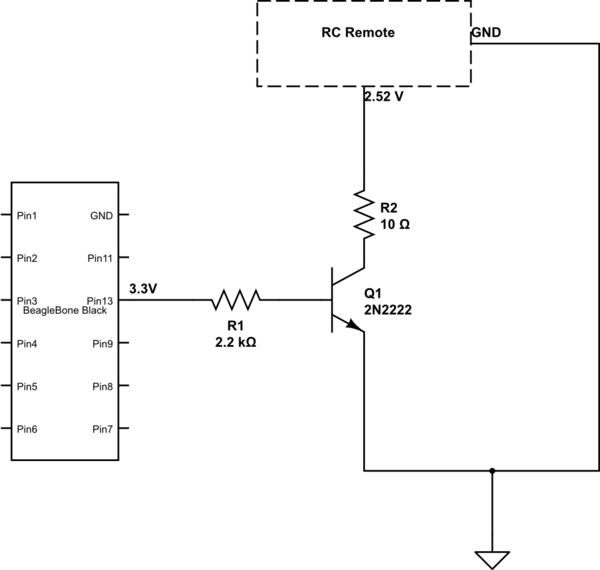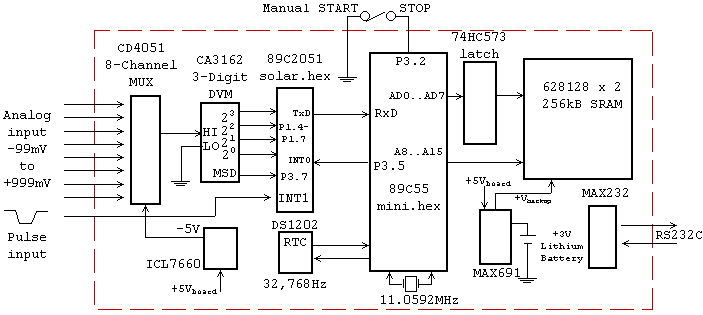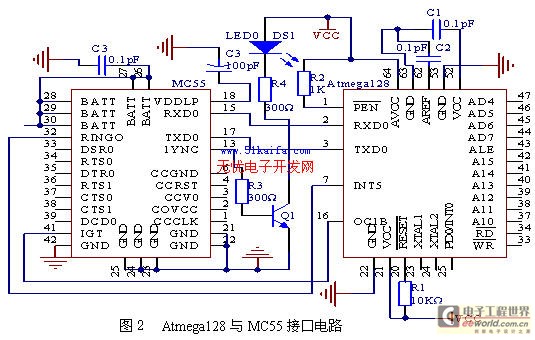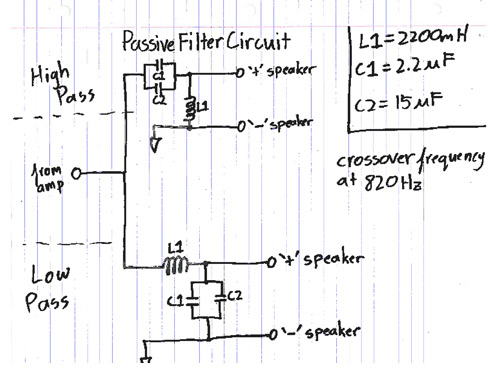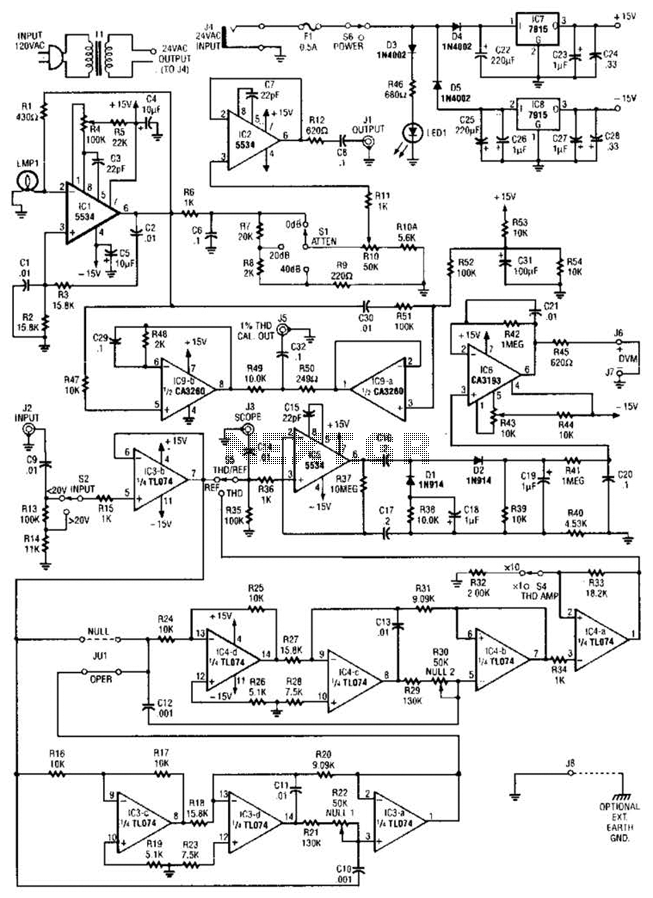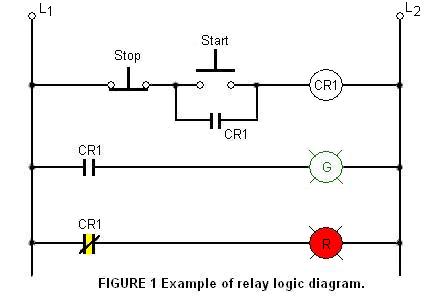
4-input mini Logic Analyzer
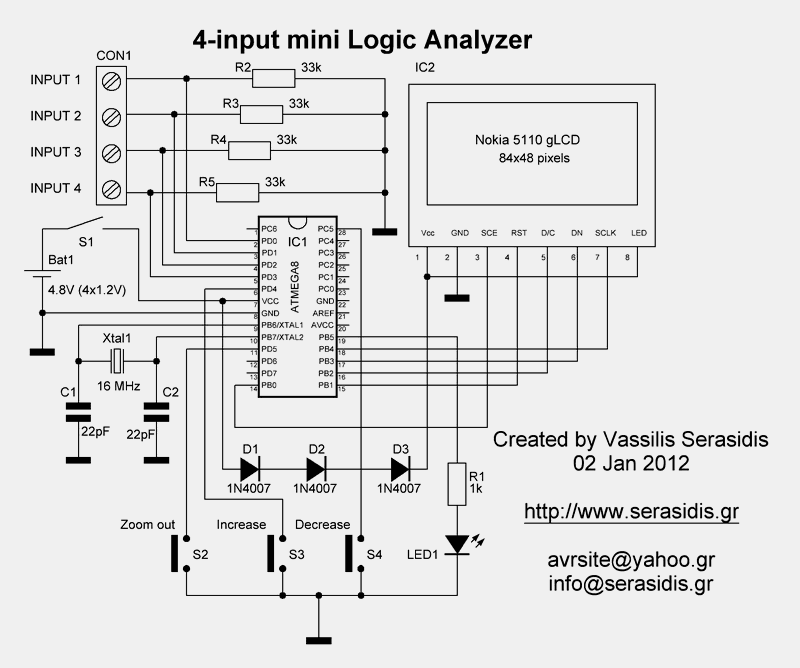
This mini logic analyzer is a tool that allows users to observe the logic transitions (0 or 1) of digital data signals on an LCD display. Digital data signals can be sourced from various electronic components, such as the output pin of the TSOP-1730 Infrared Receiver, the transmit and receive pins of the MAX-232 chip (RS-232), or the clock and data pins of the I2C data bus. This circuit supports capturing digital signals of up to 100 kHz. The operating voltage for the circuit is 4.8V DC, supplied by four 1.2V rechargeable batteries. The circuit is powered on using switch S1. After the initial screens on the LCD, a message indicates that the AVR is waiting for a signal change on the input pins. The AVR includes four external pull-down resistors (33kΩ, R2-R5) to prevent unnecessary triggers on input pins due to external electromagnetic fields or accidental contact. The Nokia 3310/5110 LCD operates within a voltage range of 3.3V to 5V. However, the LCD's backlight requires a maximum of 3.3V DC. To address this, diodes D1-D3 are employed to reduce the voltage from 4.8V to approximately 2.7V, which is suitable for powering the Nokia LCD. Upon powering the circuit, LED1 remains off. When the first trigger occurs on any of the four input pins, LED1 turns on, and the AVR begins capturing data into its internal RAM buffer (290 samples). It is important to avoid using regular alkaline 1.5V batteries, as the total voltage of four 1.5V batteries (6V) could damage the LCD and the AVR microcontroller. The data buffer consists of 870 bytes (version 1.00), which includes 2 bytes for the counter and 1 byte for input pin information. In version 1.01, the data buffer was reduced to 768 bytes (256*3) to increase capturing speed, as the buffer size variable changed from 16-bit to 8-bit. The operation is straightforward: after powering on, the AVR waits for a trigger pulse on any of the four input pins. Upon detecting a trigger pulse, the AVR counts the time until the next trigger and stores the sample length in a 16-bit variable named "counter." When this variable overflows, the status of the four input pins and the counter value are recorded in the buffer, increasing the address by 3 (2 bytes for the counter and 1 byte for input pin data). This process continues until the buffer is filled (870/3 = 290 samples or triggers). Once the buffer is filled, all data is displayed on the LCD as a graph, which can be scrolled left (button S3) or right (button S4) to view the entire data sequence. For low-speed data sequences, the graph can be zoomed out using a ratio of 2, 4, 8, 16, 32, 64, 128, 256, 512, 1024, 2048, 4096, or 8192 by pressing button S2.
The mini logic analyzer circuit is designed to provide a user-friendly interface for monitoring digital signals, making it an invaluable tool for electronics engineers and hobbyists alike. The core of the circuit is based on a microcontroller (AVR), which handles signal processing and data storage. The choice of using pull-down resistors ensures that the inputs remain stable, mitigating the risk of false triggering from stray signals. The LCD display serves as a critical component, providing real-time feedback on the signal transitions, while the voltage regulation via diodes ensures that the display operates within safe limits.
In terms of data handling, the internal RAM buffer is a crucial feature, allowing for the temporary storage of signal data before it is visualized. The design considerations for the buffer size reflect a balance between memory usage and capturing speed, which is essential for accurate signal analysis. The ability to adjust the zoom level of the displayed graph enhances usability, enabling users to focus on specific segments of the signal over varying time scales.
The incorporation of rechargeable batteries not only makes the device portable but also environmentally friendly, as it reduces waste from disposable batteries. Overall, this mini logic analyzer circuit exemplifies an efficient and practical approach to digital signal analysis, suitable for a wide range of applications in electronics.This mini Logic analyzer is a tool for you to watch on LCD the logic transitions 0 or 1 of a digital data signal. A digital data signal can be found on the output pin of TSOP-1730 Infrared Receiver, on the Transmit and reveive pins of MAX-232 chip (RS-232), on Clock and Data pins of I2C data bus and many more electronic components.
This circuit su pports capturing forup to 100 kHz digital signals. The operating voltage of the circuit is 4. 8V DC from 4x1. 2V rechargeable batteries. Switch on the S1 to power on the electronic circuit. After the initial screens on LCD you will see a message that the AVR waits for a signal change on input pins. The AVR has 4 external pull-down resistors 33kG™ (R2-R5) avoiding any unnecessary trigger on any input pin because of an external electromagnetic field or by touching accidentally your hand on any input pin.
The Nokia 3310/5110 LCD works from 3. 3 - 5V power supply. The problem is that the LCD`s backlight works with Maximum 3. 3V DC. So I put diodes D1-D3 to decrease the voltage from 4. 8V to 4. 8-(0. 7*3)=2. 7V that is the required power supply of Nokia`s LCD. When you power ON the circuit, the LED1 is turnedOFF. After the first trigger on any of 4 input pins, this LED is turnedON and the AVR starts capturing the data in to its internal RAM buffer (290 samples). Do not useregular alcaline 1. 5V batteries instead of rechargeable. The total voltage is 4 x 1. 5 = 6V. This voltage will probably burn theLCD and theAVR microcontroller. As you can see on Picture 5 the data buffer is constituted by 870 bytes (v1. 00) 2 for the counter and one for the input pins information. In version 1. 01 the data buffer was decreased to 256*3=768 bytes for increasing the capturing speed because the buffer size variable is 8 bit instead of 16 bit that I used before.
The next byte calculations must be done according to the firmware versionyou use. How it works It is simple. After the power ON the AVR waits for a trigger pulse on any of 4 input pins. If a trigger pulse is detected the AVR starts counting the time is needed for the next trigger on any of the 4 input pins. The sample length is stored in a 16-bit variable named "counter". When this variable overflows, the status of the 4 input pins and the counter value are stored in the buffer and its address is increased by 3 (2 bytes for counter and 1 bytefor input pinsdata).
This process is been made until the AVR fills all the buffer bytes (870/3 = 290 samples or triggers). When the AVR fills the buffer, all the data are appeared on LCD as a graph. You can move the graph to the left ( button S3) or to the right (button S4) to watch the entire data sequence.
If the data sequence is in a low speed you can shrink the graph (zoom out) with a2, 4, 8, 16, 32, 64, 128, 256, 512, 1024, 2048, 4096 or8192 ratio by pressing the S2 button. 🔗 External reference
The mini logic analyzer circuit is designed to provide a user-friendly interface for monitoring digital signals, making it an invaluable tool for electronics engineers and hobbyists alike. The core of the circuit is based on a microcontroller (AVR), which handles signal processing and data storage. The choice of using pull-down resistors ensures that the inputs remain stable, mitigating the risk of false triggering from stray signals. The LCD display serves as a critical component, providing real-time feedback on the signal transitions, while the voltage regulation via diodes ensures that the display operates within safe limits.
In terms of data handling, the internal RAM buffer is a crucial feature, allowing for the temporary storage of signal data before it is visualized. The design considerations for the buffer size reflect a balance between memory usage and capturing speed, which is essential for accurate signal analysis. The ability to adjust the zoom level of the displayed graph enhances usability, enabling users to focus on specific segments of the signal over varying time scales.
The incorporation of rechargeable batteries not only makes the device portable but also environmentally friendly, as it reduces waste from disposable batteries. Overall, this mini logic analyzer circuit exemplifies an efficient and practical approach to digital signal analysis, suitable for a wide range of applications in electronics.This mini Logic analyzer is a tool for you to watch on LCD the logic transitions 0 or 1 of a digital data signal. A digital data signal can be found on the output pin of TSOP-1730 Infrared Receiver, on the Transmit and reveive pins of MAX-232 chip (RS-232), on Clock and Data pins of I2C data bus and many more electronic components.
This circuit su pports capturing forup to 100 kHz digital signals. The operating voltage of the circuit is 4. 8V DC from 4x1. 2V rechargeable batteries. Switch on the S1 to power on the electronic circuit. After the initial screens on LCD you will see a message that the AVR waits for a signal change on input pins. The AVR has 4 external pull-down resistors 33kG™ (R2-R5) avoiding any unnecessary trigger on any input pin because of an external electromagnetic field or by touching accidentally your hand on any input pin.
The Nokia 3310/5110 LCD works from 3. 3 - 5V power supply. The problem is that the LCD`s backlight works with Maximum 3. 3V DC. So I put diodes D1-D3 to decrease the voltage from 4. 8V to 4. 8-(0. 7*3)=2. 7V that is the required power supply of Nokia`s LCD. When you power ON the circuit, the LED1 is turnedOFF. After the first trigger on any of 4 input pins, this LED is turnedON and the AVR starts capturing the data in to its internal RAM buffer (290 samples). Do not useregular alcaline 1. 5V batteries instead of rechargeable. The total voltage is 4 x 1. 5 = 6V. This voltage will probably burn theLCD and theAVR microcontroller. As you can see on Picture 5 the data buffer is constituted by 870 bytes (v1. 00) 2 for the counter and one for the input pins information. In version 1. 01 the data buffer was decreased to 256*3=768 bytes for increasing the capturing speed because the buffer size variable is 8 bit instead of 16 bit that I used before.
The next byte calculations must be done according to the firmware versionyou use. How it works It is simple. After the power ON the AVR waits for a trigger pulse on any of 4 input pins. If a trigger pulse is detected the AVR starts counting the time is needed for the next trigger on any of the 4 input pins. The sample length is stored in a 16-bit variable named "counter". When this variable overflows, the status of the 4 input pins and the counter value are stored in the buffer and its address is increased by 3 (2 bytes for counter and 1 bytefor input pinsdata).
This process is been made until the AVR fills all the buffer bytes (870/3 = 290 samples or triggers). When the AVR fills the buffer, all the data are appeared on LCD as a graph. You can move the graph to the left ( button S3) or to the right (button S4) to watch the entire data sequence.
If the data sequence is in a low speed you can shrink the graph (zoom out) with a2, 4, 8, 16, 32, 64, 128, 256, 512, 1024, 2048, 4096 or8192 ratio by pressing the S2 button. 🔗 External reference
